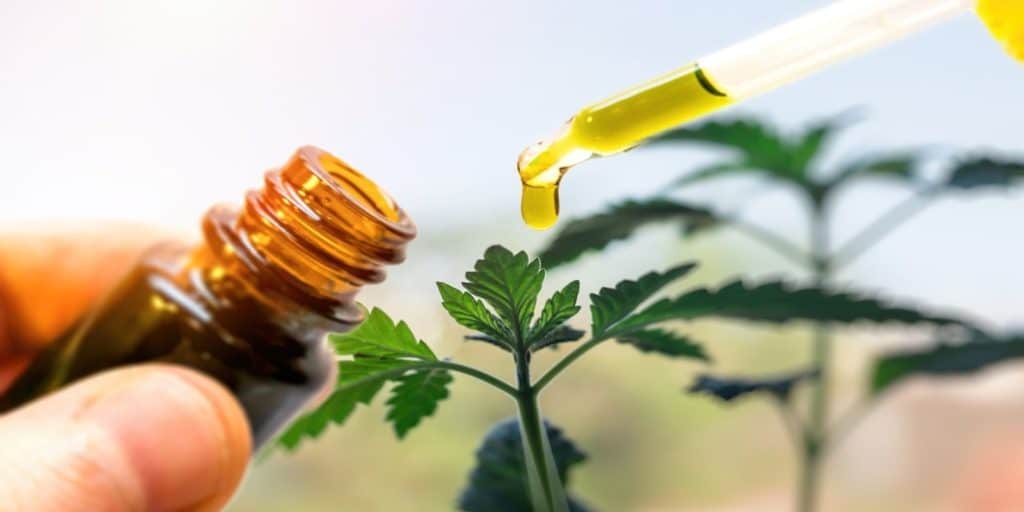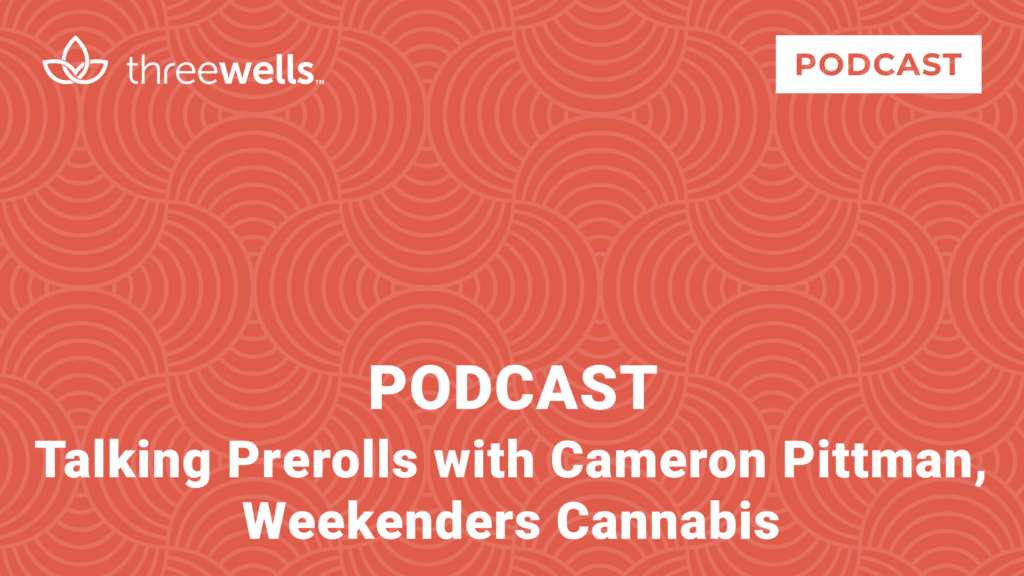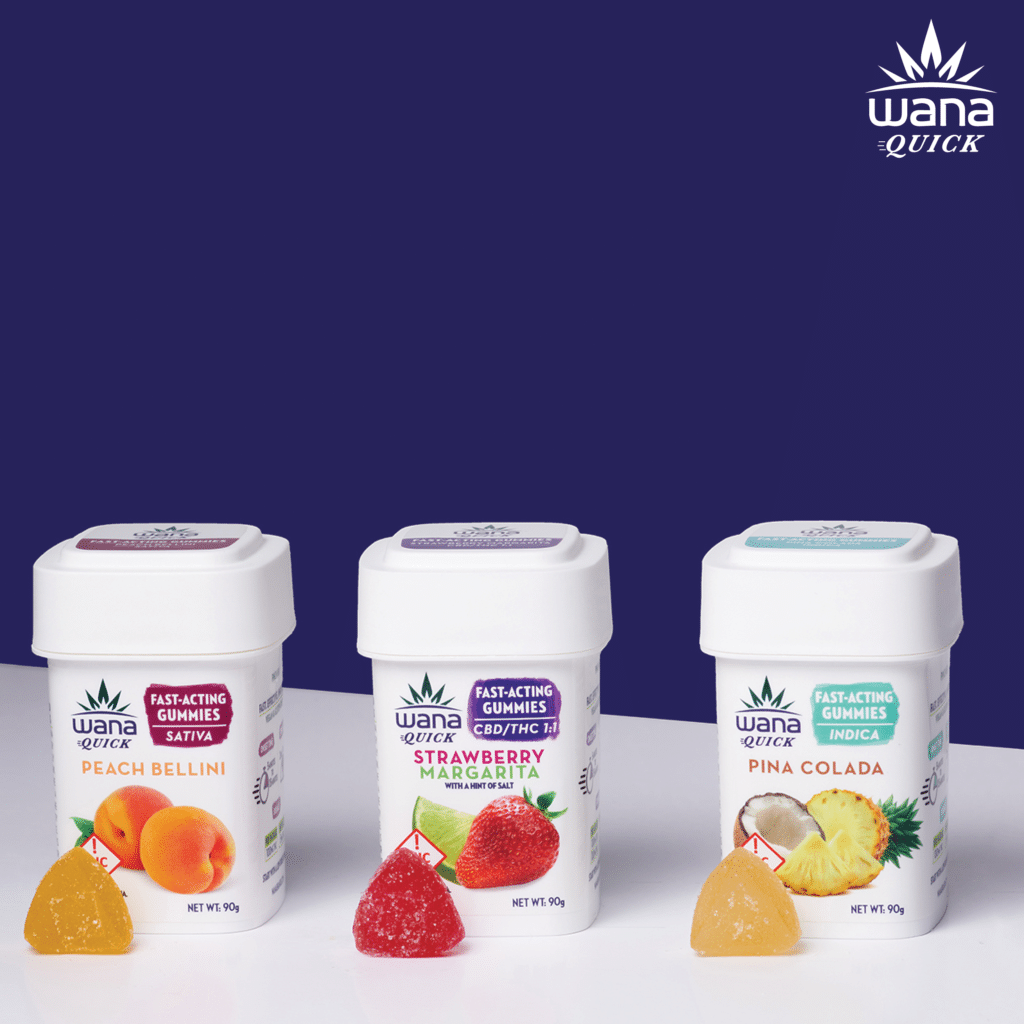Read Time: 4:30
Tincture production is not exclusive to cannabis extracts. This is a time-honored tradition of herbalists. All you have to do is look in a health food store at the rack of 50 or more herbal preparations sold as tinctures to note their popularity. Tinctures provide one of the best ways to preserve and concentrate an herbal medicine, and deliver multiple doses. The commonly recommended dose of an average tincture is one dropperful twice/day, so a typical 1 ounce (30ml) bottle may last for 2 weeks. This is economical for most herbal extracts, costing $10 a bottle, and even for cannabis extracts that cost between $40 to $60 per bottle.
Cannabis tinctures are made by soaking in an organic solvent, such as alcohol or glycerin. This process retains all the cannabinoids and the terpenes, and the chlorophyll in the case of an alcohol agent. This allows the plant components to be concentrated, depending on the ratio of how much raw plant to how much solvent, and, preservation for longer shelf life. Alcohol extracts can last years and allow concentration up to about 20 mg cannabinoids/ml. Glycerin extracts, although they taste better, last only months and cannot be as concentrated, usually up to 4 mg/cannabinoids/ml. Of note, is that heat is not required to make these tinctures. In fact, this is the most common method used to prepare cannabinoid acid (THCA or CBDA) products. To transform these into THC and/or CBD, the tinctures must be heated to decarboxylate, and the temperature of heating is critical to retaining the aromatic compounds such as the terpenes.
Technically speaking, an actual tincture is not created using an oil-based extraction, such as cannabis in a butane solvent. These extractions use heat and do not preserve the aromatic components such as terpenes and flavonoids, nor the chlorophyll. So, they yield primarily a decarboxylated cannabinoid composition, which can be concentrated into hundreds of mgs/ml of cannabinoids. These extractions, therefore, don’t retain much of the strain specificity, which is the job of the aromatized contents. These oil-based products may be called indica or sativa, but it’s questionable whether they are truly different from each other, or whether the product manufacturer is simply referring to the strain from which they were isolated. Sometimes terpenes are added back into these preparations to confer added specificity. In other words, the added terpenes attempt to recreate the strain’s components found in the natural, original plant.
To complicate matters further, there are alcohol extracted tinctures, containing all the medicinal components, which are then evaporated and dried. The resulting solid material is then reconstituted into an oil, usually MCT (mid-chain triglyceride) oil, to reach the desired concentration. This process leads to more concentrated tinctures, usually up to 100 mg/ml. Sometimes terpenes are added to these mixtures as well. As a consumer, it’s important to read the ingredients to know what is in there prior to your purchase.
Cannabis can be delivered by mucosal absorption in a rapid, dose-measured manner in a tincture. These are best taken sublingually (under the tongue), or oromucousally, throughout the mouth, from a dropper bottle or delivered by an oral spray via an atomizer bottle. Tinctures can be mixed with water and swallowed as well, however, this would involve mucosal and digestive absorption, leading to a somewhat slower onset, but longer lasting. Oromucosal absorption has a rapid onset of action, less than a half hour, and can last from 4-6 hours. If dispersed through the mouth as a mouth spray, onset can be felt in 15 minutes but may last only 3 hours. Sprays are the fastest mode of absorption after inhalation, which comes on in 5 to 10 minutes.
How The Body Absorbs Tinctures
Cannabis is absorbed through oromucosal surfaces directly into the bloodstream. Alcohol-based products are absorbed rapidly through the mouth, pharynx and stomach lining. This circumvents the digestive tract by being absorbed directly into the bloodstream.
When swallowed, whatever hasn’t been absorbed is then subject to the digestive tract absorption process including first pass metabolism through the liver. Cannabinoids are degraded by the liver to less desirable metabolites. THC becomes 11-hydroxy-THC, which is particularly problematic as it causes more disorientation than THC itself, and this gets absorbed into the bloodstream as well. So, tinctures held in the mouth avoid this process, while tinctures swallowed immediately include this effect. Another advantage of tinctures is the ease of regulating dosage, by the drop. This is the reason they were used in cannabis medicines produced by drug companies in the U.S. in the early 1900s before it became illegal.
Dosing
Typical dosage calculations end up being easy with simple math. The common tincture concentration for an alcohol extract might be 10 mg/ml in a bottle you purchase from a dispensary. This 1 ounce/30 ml bottle will have 300 mg of cannabinoids/ml. that’s 10 mg/ml. You’ll have to look at the ingredients to see what proportion is THC and what proportion is CBD. All cannabis extracts have a combination of these two if they are full plant extracts. Sometimes you will find other cannabinoids, such as CBN or THCA in tinctures as well. In fact, tinctures are where you’ll see the most complexity in mixed cannabis ingredients. It’s not as easy with an edible to create a homogeneous, precise mixture of components. So, if it’s a CBD/THC 1:1 mix, you’ll have 5 mg of CBD and 5 mgs of THC in each ml. If it’s a CBD/THC 20:1 mix, you’ll have 9.5 mgs of CBD and 0.5 mgs of THC in each ml. For a mostly THC tincture, the reverse would be true.
Fortunately, one dropperful = 1 ml, so you know your dose per dropperful. Now, the last thing you need to know is how many drops are in a milliliter. This can vary slightly depending on the viscosity of the tincture. Alcohol tinctures are similar to water, so 30 drops per ml. Oil preparations might be more like 25 drops/ml. So, in one drop, of a 10 mg/ml tincture you have 0.33-0.4 mg of cannabinoids. A typical starting dose of this tincture might be 5 mg, so that’s 15 drops. And then you can increase or decrease your dose by the drop until you reach your desired dose or effect. For those using higher dosages, you may be able to find more concentrated tinctures or oil extracts. If you.ve made a homemade tincture, you won’t know your concentration unless you get it lab tested. But my guess is that your extraction might be less efficient than those that are professionally done, your tincture will be less concentrated, and you’ll need to use more. My patients who use homemade tinctures often use up to 2 dropperfuls/dose.
Finding Your Own Dosing Rhythm
It’s easier to tell when you’ve reached your goal with THC because it has psychoactive effects. With CBD rich tinctures you might feel nothing at all until you get to higher doses, and that will depend on your symptoms, for example, if you’re having a muscle spasm or inflammatory pain. Remember to wait a half hour before you judge whether you’ve reached your desired dose. How often to use also depends on your symptoms. Since tinctures may last 6 hours, you may end up using them 3 to 4 times/day for full coverage. Many people use tinctures only twice/day before breakfast and before dinner, due to cost and convenience, especially if they don’t want to carry them out of the home. As with all cannabis products, consumers should begin with a low dose and increase the dose as needed.
Dr. Deborah Malka is an Integrative Medicine Physician and a Cannabis Clinical Specialist who is available for consultation. For more information, she can be reached at 831-359-7679.




